The radical rethink on child seats can even be inflated using your mobile phone via a Bluetooth connection. Volvo says the new design is as safe -- or safer -- than a regular child seat, despite being filled with air, and is suitable for kids up to four years old.
However, the innovation is still at least two years away from being available to the public. The Swedish car-maker unveiled the inflatable technology to celebrate the 50th anniversary of its invention of the rear-facing child seat.
A Volvo designer working at the company’s Los Angeles technology and styling studio said he came up with the idea after trying to lug a conventional child seat from car-to-car while on holidays.
“When we lived abroad with two toddlers we had to haul bulky child seats through airports and then into taxis,” said Lawrence Abele, design manager at the Volvo Monitoring and Concept Centre in Los Angeles, in a media statement issued by the car maker. “For many, travelling with young children is a challenge; any assistance to simplify the parents’ life with young children is a great thing.”
Mr Abele said the inflatable seat would also assist grandparents and family members who need a child seat only occasionally.
The inflatable seat weighs just 5kg -- half the weight of a regular infant car seat -- and comes with its own carry bag. The company says the seat has a silent pump that can inflate the device in 40 seconds, and deflates using the same pump. The prototype seat can be inflated by remote control using Bluetooth technology when paired to a smartphone, although this function may not be available publicly.
Volvo used the opportunity to again lobby the benefits of rear-facing child seats. “The Inflatable Child Seat Concept faces the rear of the car, as it is the safest way for children to travel,” said Mr Abele. “A child’s neck is under development and not as strong as an adult’s neck. In a frontal impact collision, the head of a forward-facing car occupant is thrown forward inducing great strain on the neck.”
Mr Abele added: “Actually, it would be better for all of us to travel facing the rear but given how cars are designed nowadays it’s not feasible. Young children, however, can and should travel facing the rear of the car as long as possible.”
Volvo history of car seats for kids
1964 -- First child seat prototype
“Inspired by how astronauts travel rearwards, Bertil Aldman, medical doctor and subsequently Professor in Traffic Safety at Chalmers University of Technology, developed the very first child seat prototype. Volvo was closely involved in the development and testing.”
1967 -- Reversible front passenger seat
“The first child seat to be sold to customers was created by turning the front passenger seat around. Adding a padded backrest with straps made sure that the rear-facing child was kept in place. The solution was sold as an accessory for the Volvo Amazon.”
1972 -- Volvo’s first rear-facing child seat
“Rear-facing child seats are designed to support the neck and help spread the force of a frontal impact over a larger area. Frontal impacts are the most frequent and usually the most severe impact situation.”
1976 -- The booster cushion
“Volvo’s policy is that children should use a booster cushion until they are 140 centimetres tall and 10 years old. When using a booster cushion, the child has approximately 75 percent lower risk of being injured compared to being unrestrained.”
1990 -- World’s first integrated booster cushion
“The first integrated booster cushion was a fold down and out version in the rear centre position of the Volvo 960. Double integrated pop-up booster cushions in the outer rear seats were introduced in the Volvo S40 in 1995.”
1999 -- World’s first rearward-facing seat for ISOFIX
“The world-first solution for the standardised, car-integrated ISOFIX fittings was actually two rear-facing seats in one. Both seats -- one for infants and one for toddlers up to four years of age -- could be fitted in the same ISOFIX frame.
2007 -- World’s first two-stage integrated booster cushion
“Two-stage integrated booster cushions were introduced in the Volvo V70 estate. The two-stage version, with two sitting heights, enables a better belt fit regardless of the child’s size. Child adapted safety belt load limiters were also fitted.”
2014 -- Inflatable Child Seat Concept
“Still in the development stage, the inflatable seat for children is easy to install and can be tucked away in a small bag when not in use. This means that the child seat can be easily transferred between cars, and the bag even fits in carry-on luggage when flying or travelling.”
This reporter is on Twitter: @JoshuaDowling
The first Volvo child seat, from 1964.
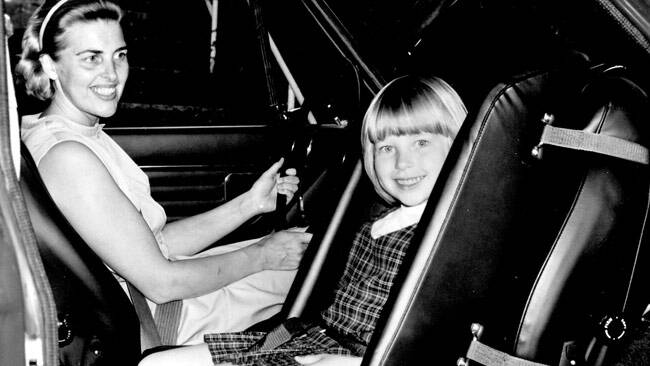



.jpg)

.jpg)
.jpg)


.jpg)
.jpg)
.jpg)

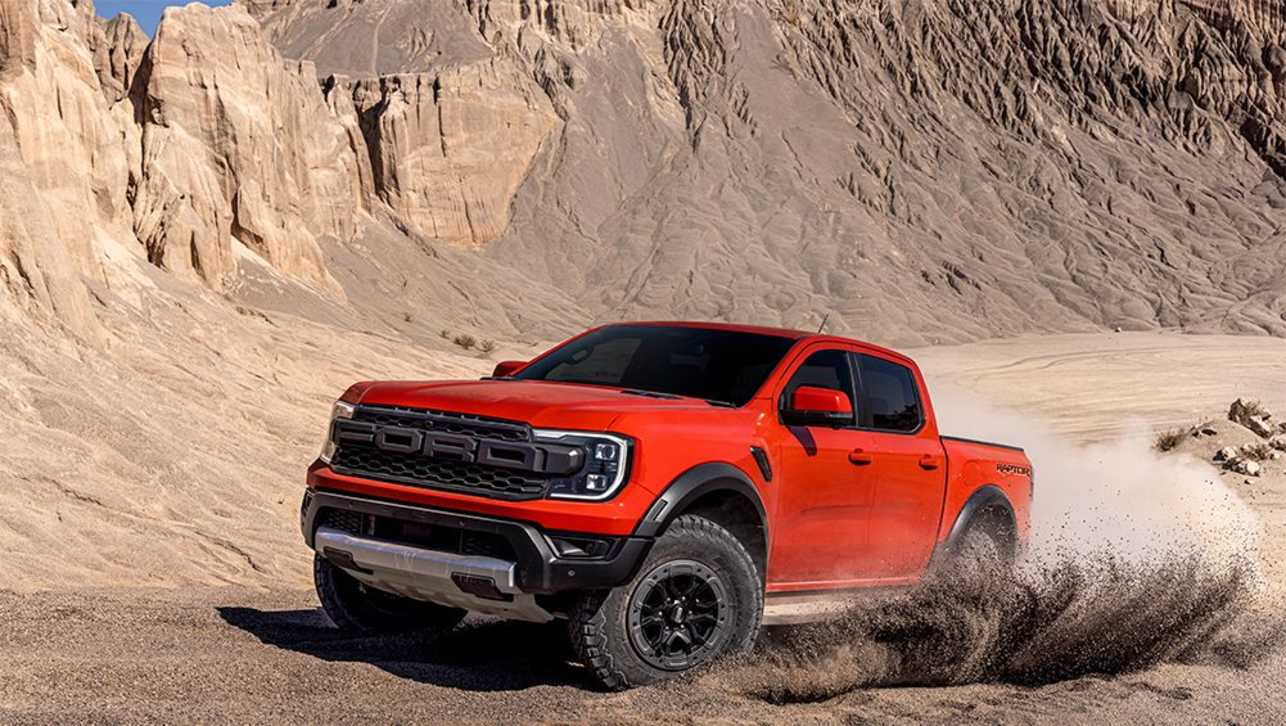
.jpg)
.jpg)
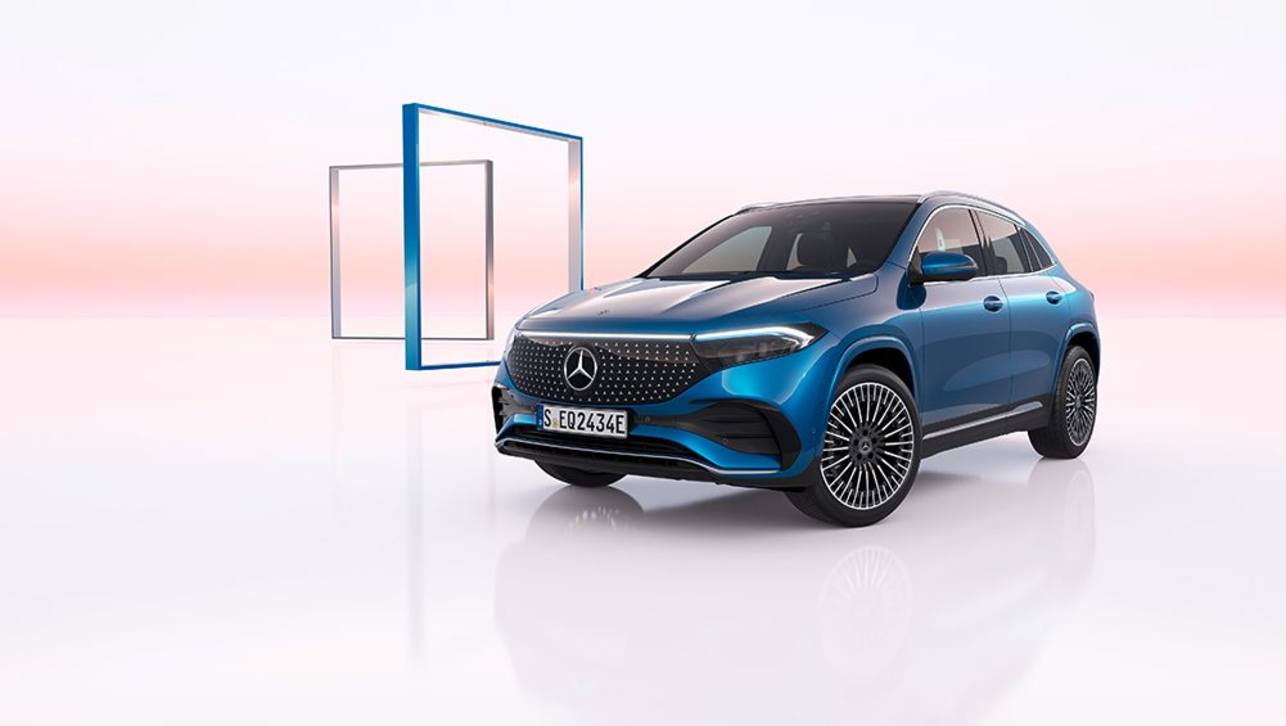
.jpg)

.jpg)

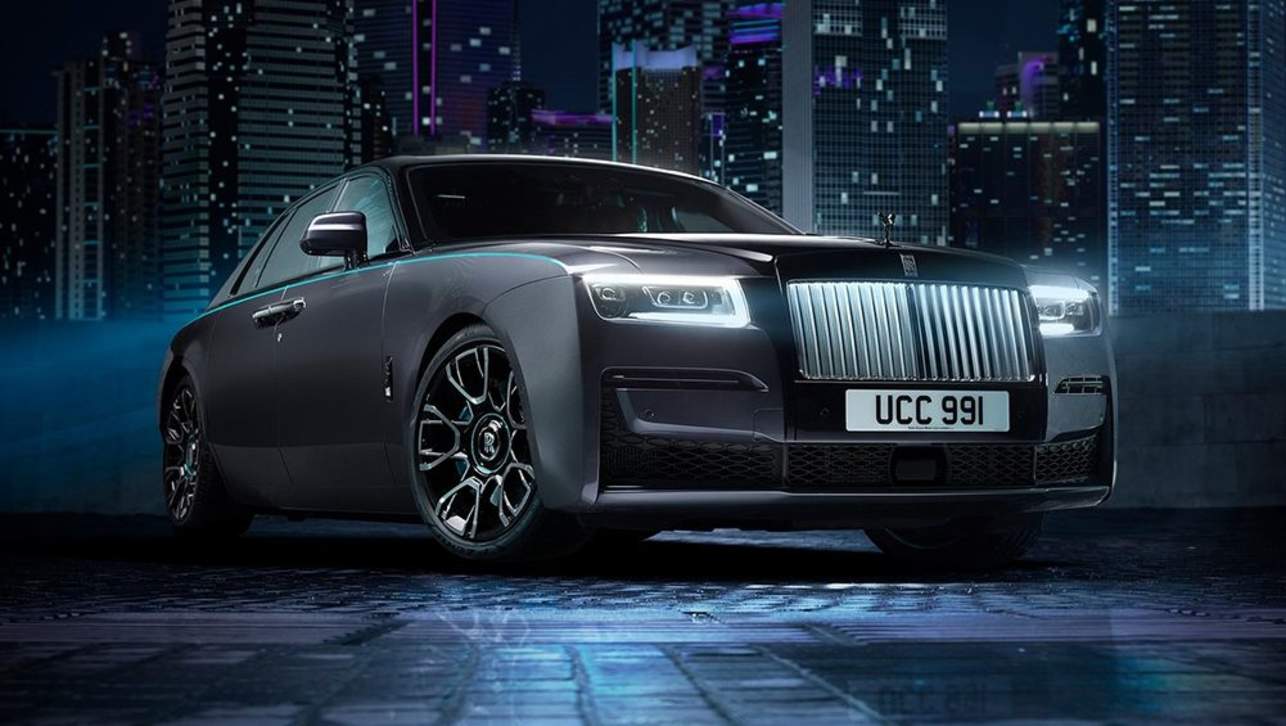
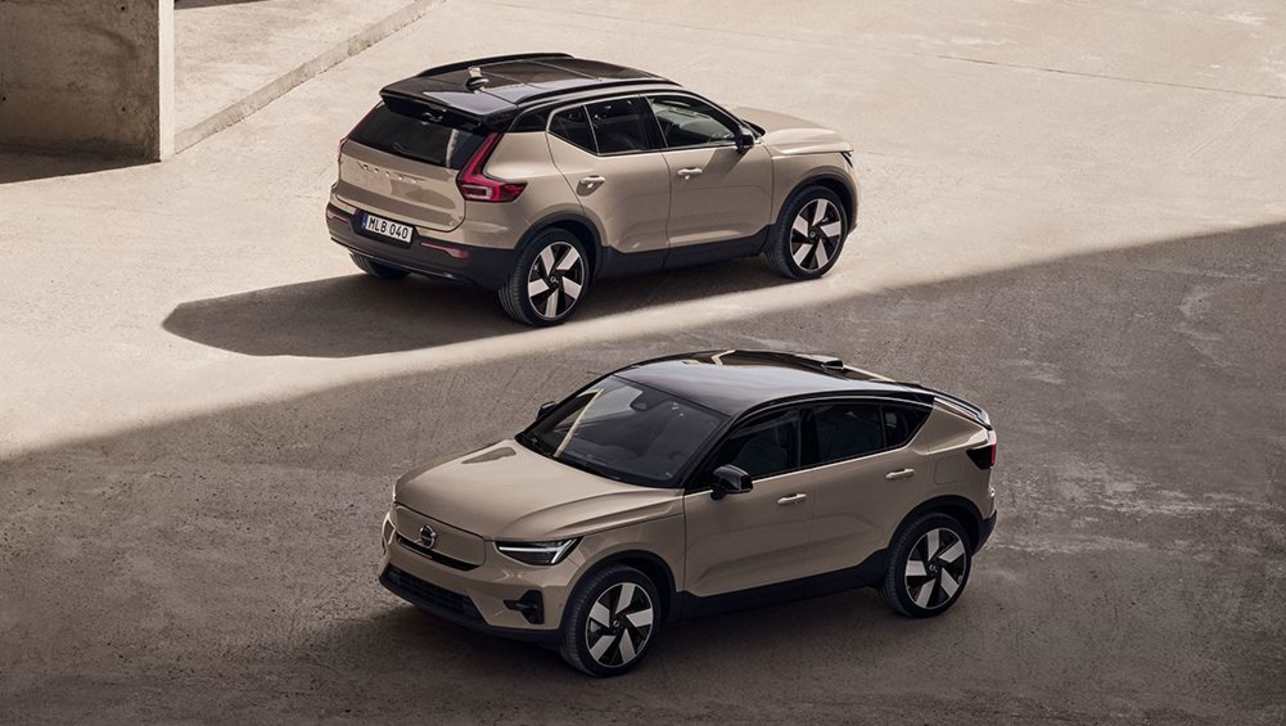
.jpg)

.jpg)




Comments